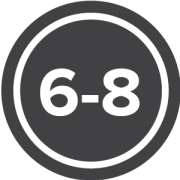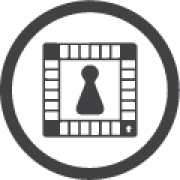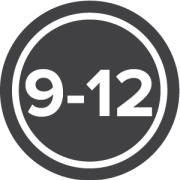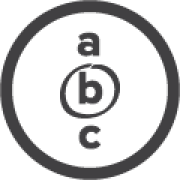
The Judicial Branch
Students will learn about the federal and state courts and what they do. They will explore the courts’ role in fairly settling disputes and administering justice, and the unique role of the U.S. Supreme Court in interpreting the U.S. Constitution.
View our Constitution Explained video series for short-form videos to share with students about the judicial and other branches of government.
Choose Grade Level:
-
Lesson Plan
Judicial Branch in a Flash!
-
WebQuest
The Courts in a Nutshell
-
Lesson Plan
Marbury v. Madison (1803)
-
Lesson Plan
Trial and Appeal (Infographic)
-
WebQuest
In the Courts
-
Game
Branches of Power
-
Lesson Plan
Judges: Playing Fair
-
WebQuest
Supreme Interpreters
-
Lesson Plan
Argument Wars Extension Pack
-
Lesson Plan
Appellate Courts: Let's Take It Up















